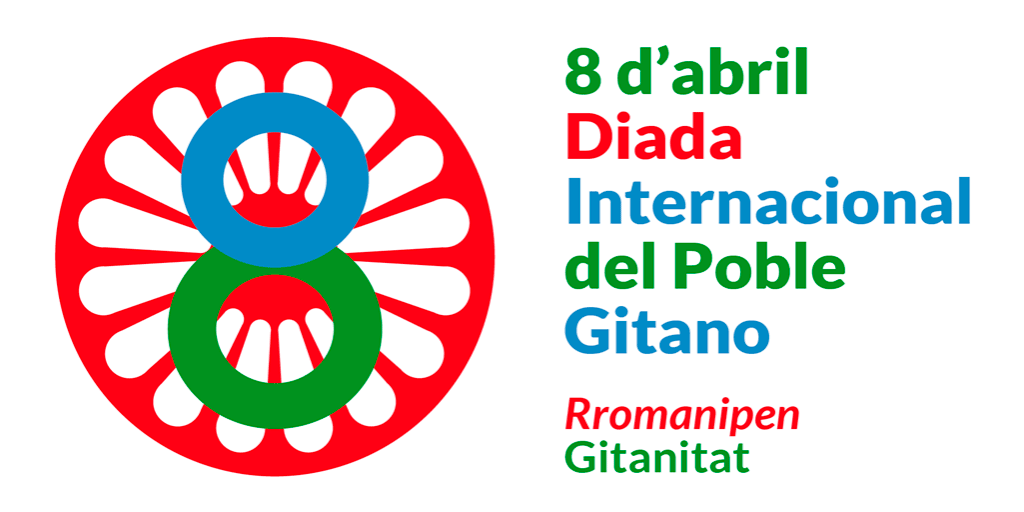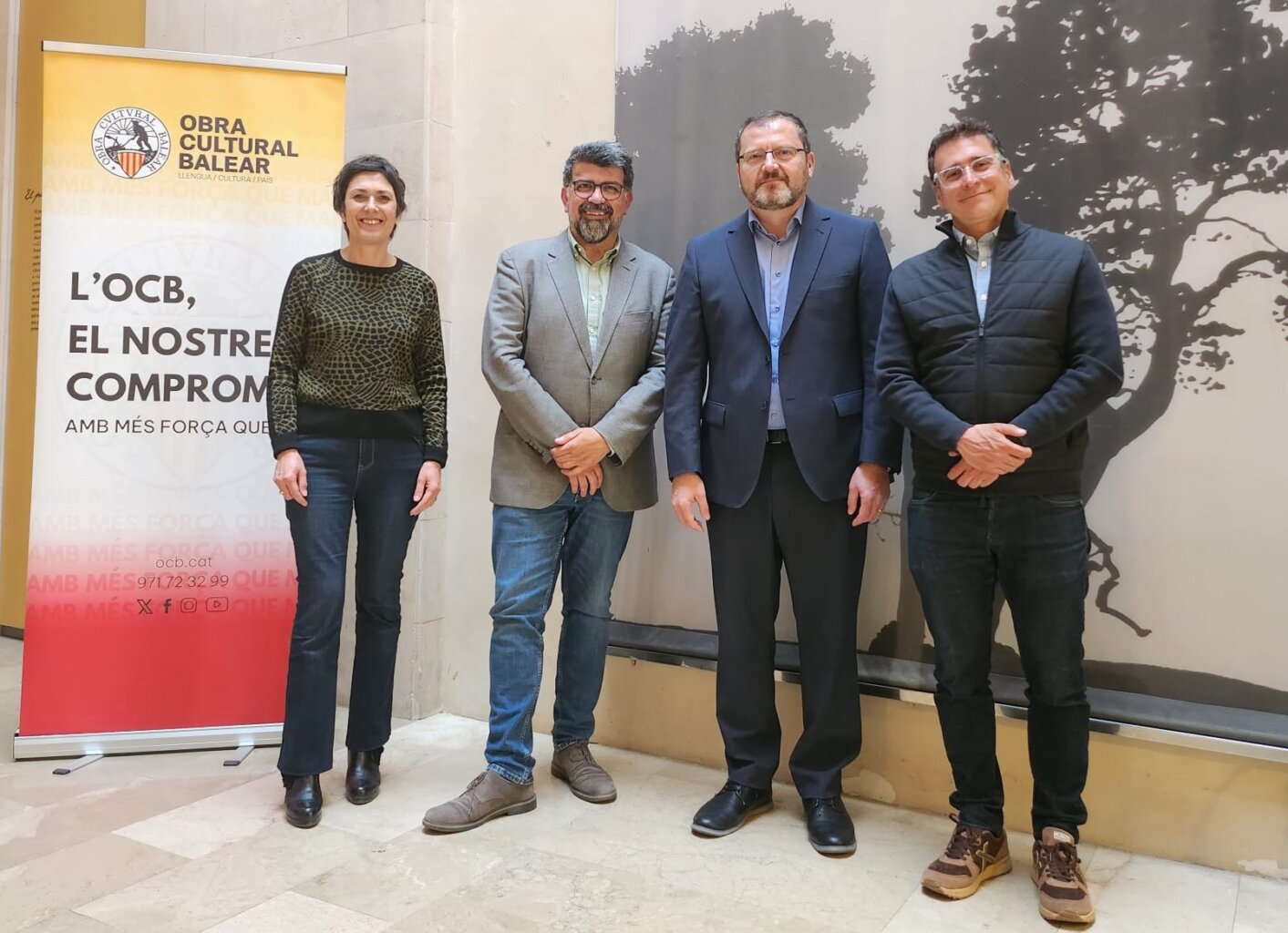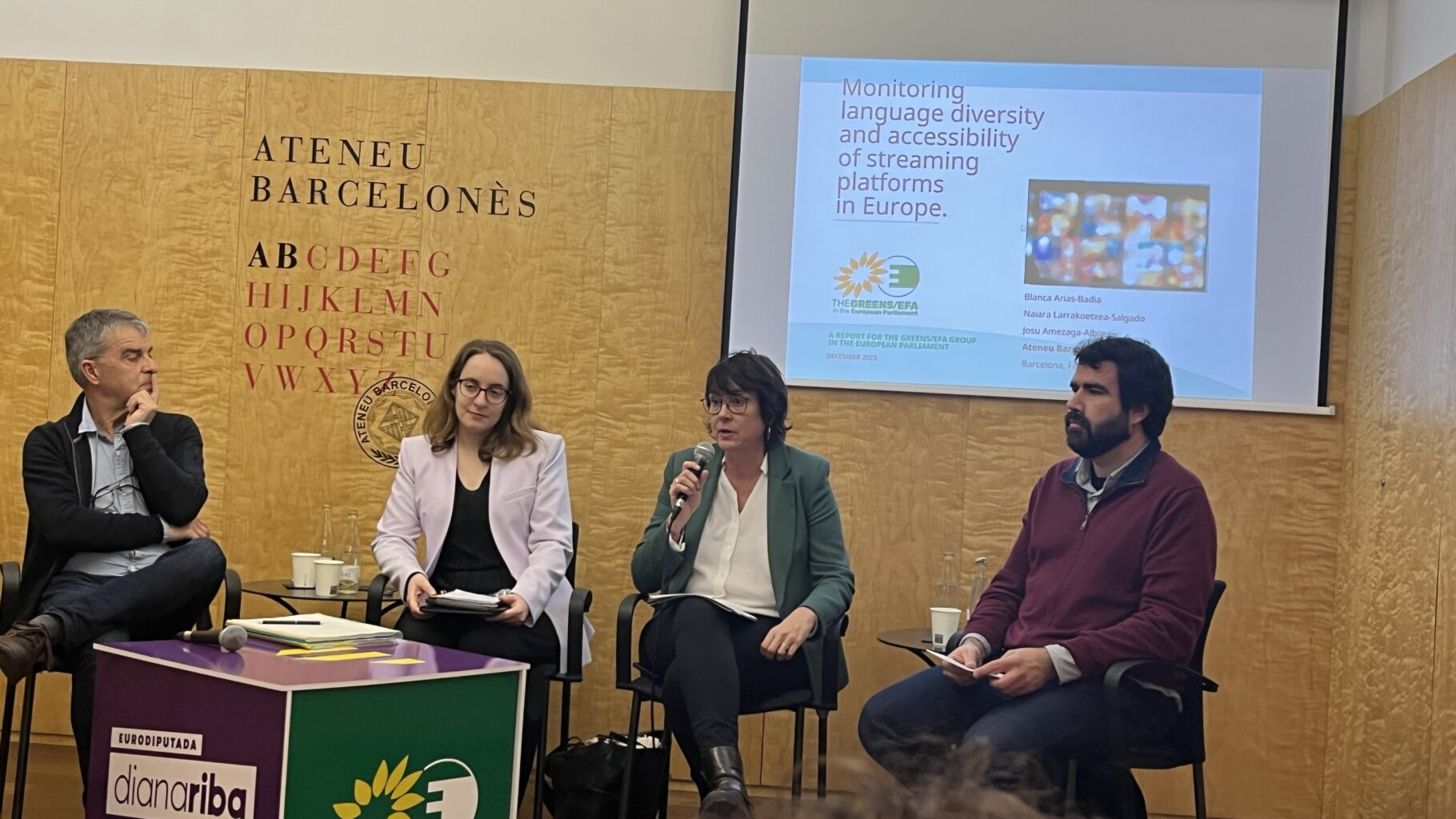International Roma Day

Today, 8 April, is International Roma Day. From the Fundació.cat website, we highlight the great contribution of the Roma people and culture in Catalonia for more than six centuries within this month’s topic, Catalan culture.
The first documents attesting to the presence of Roma communities in Catalonia date back to 1415, with the arrival of a family in Perpinyà. Since then, the gypsy community of Rosselló has kept the Catalan language very much alive in the north of the Pyrenees. The survival of the Roma people in Catalonia since the 15th century has not been easy. A few years after their arrival, in 1494, the Catholic Monarchs issued an order, the Pragmatic Sanction on the Gypsies, by virtue of which they tried to forcibly settle them. During all these centuries, unjust laws and persecutions against the community have not stopped.
However, Catalan culture owes much to Roma culture. Not only the existence of Catalan rumba, which was born in the heart of Barcelona’s Raval district, on Carrer de la Cera; but also the incorporation of words such as “cruspir” (wolf down), “calés” (dough), “xaval” (kiddo) and many more. Roma culture is part of Catalan identity. Although the best way to get to know Roma culture is to read or hear about it from a Roma person, great names in literature, such as Manuel Vázquez Montalbán (who was also born on Carrer de la Cera), took notice, as in this article/essay on Catalan Roma culture, which he published in 1969 in the magazine Revista Triunfo.
It is currently estimated that 80,000 Roma live in Catalonia, 50,000 in Valencia, 6,500 on the Balearic Islands and almost 10,000 in northern Catalonia.


